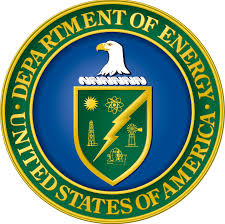The Digest’s 2025 Multi-Slide Guide to Integrated Waste-to-Fuel and Wastewater Treatment
by Jim Lane (Biofuels Digest) Discover the synergistic thermo-microbial-electrochemical (T-MEC) approach for converting food waste to jet fuel blendstocks while treating HTL wastewater. This integrated system aims to improve carbon yield and reduce waste processing costs compared to anaerobic digestion. Microbial


.jpg)




